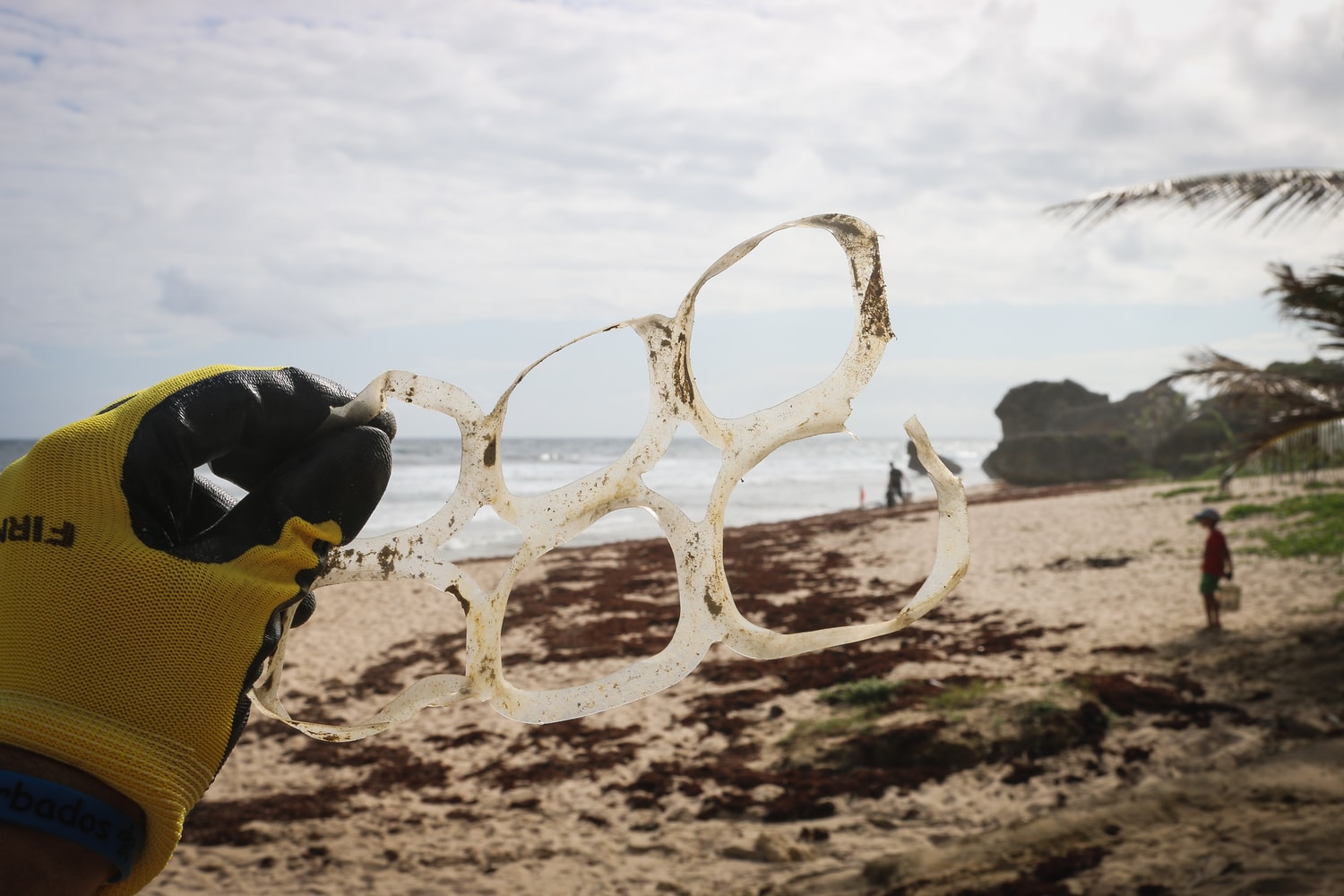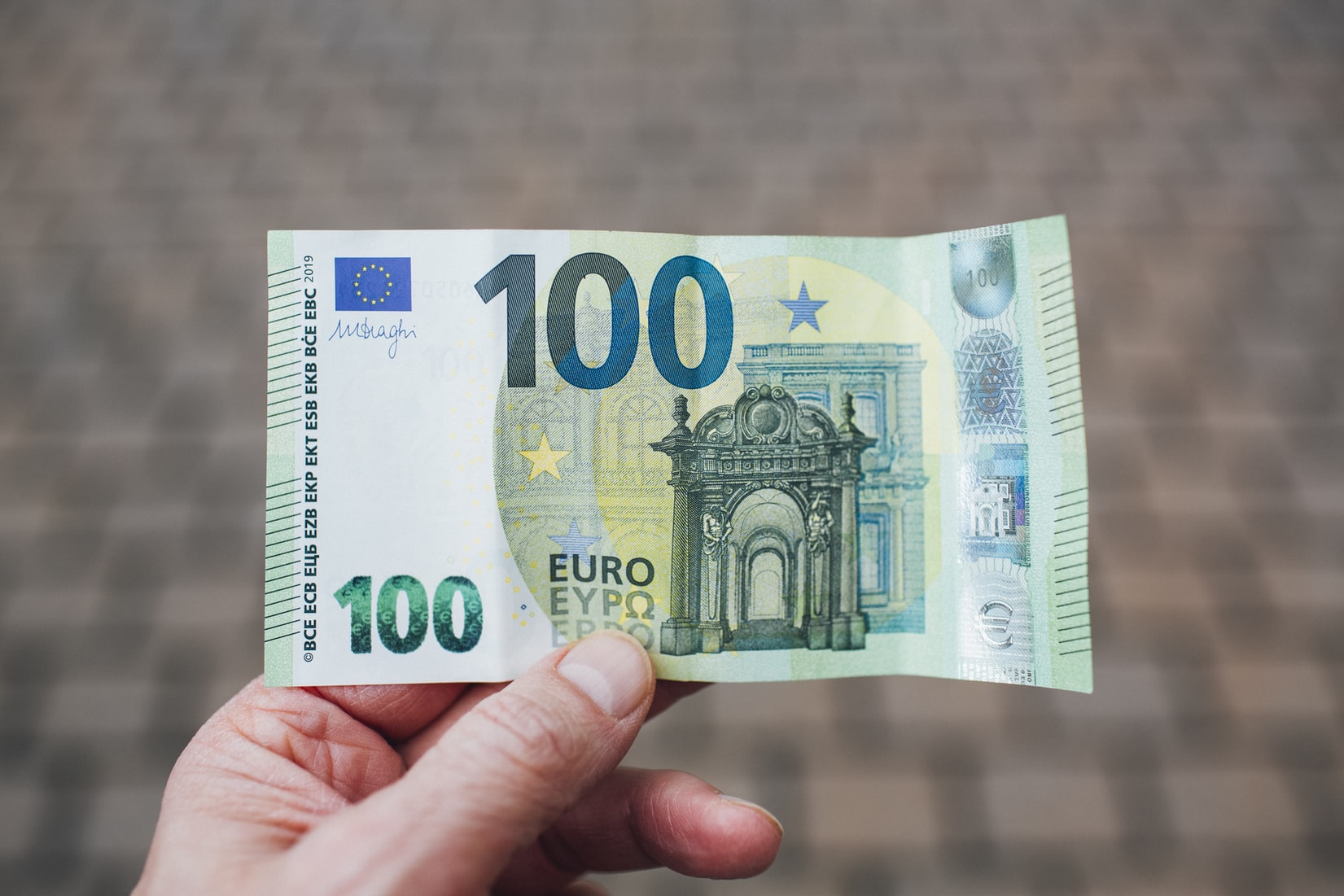The majority of the world agrees that climate change is an imminent threat, and that action is needed to protect the environment. Plastics contribute to climate change at every stage of their life cycle. The World Economic Forum’s 2016 publication, The New Plastics Economy says that 4-8% of the world’s oil production is used to make plastics and that this percentage could reach up to 20% by 2050, owing to rising demand. In a bid to contain this, many manufacturers are developing eco-friendly innovations that have a lower carbon footprint, but how green are they really?
If plastics production and incineration continue on its current path (about 12% of plastic has been incinerated worldwide), The World Economic Forum predicts that “the emission of greenhouse gases by the global plastics sector will account for 15% of the global annual carbon budget by 2050, up from 1% today (2016).” This budget is based on the estimated maximum amount of greenhouse gases that can be emitted before global temperatures rise more than 1.5 degrees Celsius.
According to Plastic Ocean, about 8 million tons of plastic pollute our oceans every year with devastating effects on marine life. Most plastics do not biodegrade. Instead, they break down into tiny fragments, or microplastics, that are harmful to humans and wildlife. In the UN’s 2018 publication Single-Use Plastics: A Roadmap for Sustainability, only 9% of plastic ever produced has been recycled.
 In the photo: 8 million tons of plastic pollute our oceans every year. Photo credit: Unsplash.
In the photo: 8 million tons of plastic pollute our oceans every year. Photo credit: Unsplash.
These types of statistics have sparked a rise in eco-friendly innovations, technologies and trends designed to protect the planet. Companies race to claim their products do not harm the environment. But just because something is new and marketed as green, does not necessarily mean it is.
Some efforts to be eco-friendly are simply misinformed. People are intentionally misled into believing they are acting or buying responsibly. This ‘greenwashing’ is designed to make people believe that your company is doing more to protect the environment than it really is. Here are a few examples of trends and innovations in plastics heralded as good for the environment that need further scrutiny.
“Eco-Friendly” Bioplastics are Still Plastics
Companies that rely on single-use plastic packaging have been under attack by governments and the public. In response, companies such as Coca-Cola, Heinz and P & G are marketing bioplastic technology as the future of sustainable packaging. But the reality is that bioplastics are more an example of greenwashing than of a planet-saving innovation.
“Bioplastics” refer to plastics composed of a certain percentage of biological matter and/or plastics that are biodegradable and can be broken down by microbes under specific conditions. In order to decompose, bioplastics need to be collected and composted in high-temperature facilities that most developing countries do not have. When they inevitably end up in landfills or the ocean, they last for centuries and release methane. Rebecca Burgess, CEO of City to Sea, argues that, “They are basically the same as plastic and don’t decompose in the way most people think they do… Bioplastics are a ‘false solution’ as they are single-use and there are limited options to compost them.” Companies want consumers to believe that packaging made with bioplastics comes from the Earth and returns just as easily – Coca-Cola has even named its new “eco-friendly” bottle the PlantBottle. Unfortunately, this technology is not nearly as green as companies market it.
 In the photo: The carbon footprint of plastic banknotes is three times greater than paper banknotes. Photo credit: Unsplash.
In the photo: The carbon footprint of plastic banknotes is three times greater than paper banknotes. Photo credit: Unsplash.
The False Promises of Plastic Banknotes
When Australia first issued polymer-based (plastic) banknotes in 1988, the technology was touted as a win for the environment, but time has shown otherwise. Proponents argue that plastic banknotes are better for the planet than traditional paper and cotton linter-based (paper) banknotes because they last longer. This is one of the reasons the Bank of England put plastic £5 banknotes into circulation in 2016 and £10 ones in 2017.
But the introduction of plastic banknotes has not turned out as hoped. England has already replaced nearly 50 million of those new bills– nearly 10% of the total amount of bills that were produced- due to wear and tear, a lot sooner than predicted. Recent research from Moneyboat also shows that the Bank of England’s initial assessment that plastic banknotes were better for the environment was incorrect because it did not take into consideration the actual number of transactions a banknote goes through. A more holistic analysis of the data shows that the carbon footprint of plastic banknotes is actually three times greater than that of paper banknotes – plastic £10 notes release 8.77kg of CO2 compared to paper’s 2.92kg.
Additionally, disposing of plastic banknotes in a sustainable manner is difficult for certain countries. Mr. Tunde Lemo, Deputy Director of Operations for the Central Bank of Nigeria, says, “The destruction of banknotes made of polymer has proven to be a challenge in Nigeria from an environmental perspective. Briquetting (destruction of unfit banknotes) of polymer is not always easy because it is made of polythene and emits substances that are not environmentally friendly.” The innovation of plastic banknotes was initially seen as beneficial for the environment, but time and additional data show that traditional, paper banknotes remain the best option for the planet.
Straws VS Strawless Lids
Shocking images of seals and turtles choking on plastic straws have companies, cities and entire countries jumping on the plastic straw ban trend. With an estimated 500 million straws used per day in the US alone, single-use plastic straws are bad for the environment, but consumers need to be weary of what they are replaced with.
Starbucks was lauded for becoming one of the first major chains to announce that it would ban plastic straws by 2020. The coffee chain then drew criticism when it said that instead of straws, the strawless “Nitro” lids would become standard for all cold beverages (50% of the company’s beverage sales). The Nitro lids are thicker and end up weighing slightly more than the previous plastic straw and lid combination. Given the number of drinks sold by Starbucks per day, this means a lot more plastic is used. While the company argues that the Nitro lids can be recycled (their cups cannot), evidence shows that the majority of the lids end up in landfills. Banning single-use plastic straws is a positive step but replacing them with a higher quantity of plastic amounts to greenwashing.
 In the photo: A tote bag must be used 131 times to be better for the environment than a single-use plastic bag. Photo credit: Unsplash.
In the photo: A tote bag must be used 131 times to be better for the environment than a single-use plastic bag. Photo credit: Unsplash.
The “Eco-Friendly” Checkout Bag Dilemma
Like the plastic straw ban, there has also been a movement to ban single-use plastic bags. However, alternatives may not be as beneficial as initially thought. For decades, paper bags were seen as the eco-friendly choice since paper is biodegradable. But multiple studies show that the environmental toll it takes to make paper bags is greater than that of making plastic bags. Paper bag production requires cutting down and processing trees and uses a lot of water, machinery, fuel and chemicals. Also, unlike paper bags, ‘single-use’ plastic bags are often reused to discard unpleasant items such as pet excrements and baby diapers. If people instead purchase separate trash bags for such disposals, which are made of a thicker plastic than single-use bags, then the environmental benefits of banning plastic bags is missed.
Tote bags made out of natural materials are argued to be the greenest checkout option because they can be reused, but there is a caveat. A study from the British government found that a tote bag must be used 131 times for it to be better for the environment than a single-use plastic bag. Producing cotton bags takes a heavy toll on the planet so they must be reused again and again for there to be an environmental advantage.
Action is needed to save the planet, but individuals must be better informed about ‘eco-friendly’ innovations and companies that market products and new technologies as better for the environment. New and innovative does not always mean greener.
Editor’s Note: The opinions expressed here by Impakter.com columnists are their own, not those of Impakter.com. Featured photo credit: Unsplash.













